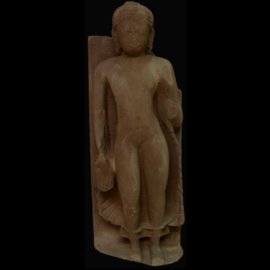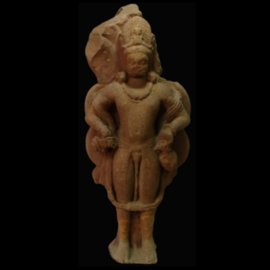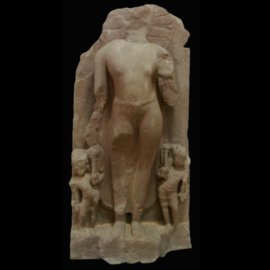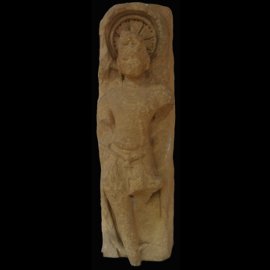Sir John Marshall
Sir john marshall was the Director-General of the Archaeological Survey of India from 1902 to 1928. He was responsible for the excavation that led to the discovery of Harappa and Mohenjodaro, two of the main cities that comprise the Indus Valley Civilization.
Read More












